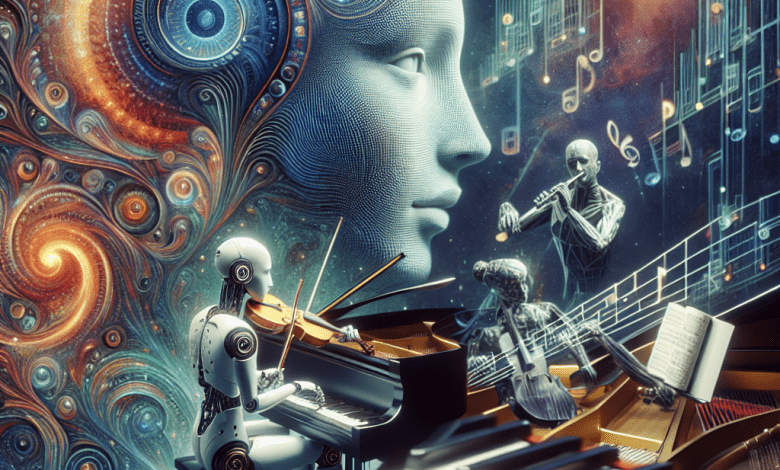Who Owns AI-Generated Art, Can Machines Be Creative?

The Ethics of AI and Creativity: Who Owns AI-Generated Art, and Can Machines Really Be Creative?
AI is shaking things up in the creative world. It’s generating music, writing stories, and even crafting stunning visual art. Impressive, right? But it also raises some big, thorny questions. Like, who actually owns the art AI creates? And can machines really be called creative, or are they just remixing human ideas? Let’s unpack these thought-provoking topics.
Who Owns AI-Generated Art?
Picture this: You use an AI tool to whip up a piece of art. You type in a few keywords, maybe upload some images for inspiration, and out comes a masterpiece. Cool, right? But here’s the tricky part: Who gets credit for it? Is it you, since you provided the input? The company behind the AI? Or could the machine itself lay claim?
The answer? It’s complicated. Copyright laws traditionally assume that only humans can be authors. And since AI isn’t a person, this creates a bit of a mess. In places like the US, AI-generated works aren’t eligible for copyright at all, leaving them in a legal grey zone. As AI tools become more sophisticated, we’ll need new rules to figure out ownership—and fast.
Can AI Really Be Creative?
Here’s the million-dollar question: Can AI actually be creative, or is it just a super-smart copycat? Sure, AI can generate breathtaking art or catchy tunes. But it doesn’t create from personal experience or emotion. Instead, it analyzes patterns in giant datasets and reassembles them into something new. Is that creativity? Or just advanced data crunching?
Critics argue that AI lacks the depth, emotion, and personal touch that human creators bring to the table. It doesn’t have feelings, stories, or a soul. While its output might look or sound creative, AI is really just a tool—an incredibly powerful one—that extends human creativity rather than replacing it.
AI and Human Creators: Partners or Rivals?
As AI becomes more involved in creative processes, a big question looms: Is it a partner or a rival to human creators? On one hand, AI can be an incredible collaborator. It can draft the framework for a song, brainstorm ideas for a painting, or refine a script. Then, you—the human—add your unique spin, taking it to the next level. It’s like having an assistant who never runs out of ideas.
On the flip side, some worry that AI might edge human artists out of certain industries. In fields like graphic design, music, or writing, where speed and cost are king, AI can churn out content faster and cheaper than humans. This raises serious concerns about job losses and the devaluation of human-made art.
What’s Next for AI and Creativity?
As AI evolves, we’ll need to rethink creativity, ownership, and ethics. Who should own AI-generated works? Can machines genuinely create, or are they just tools? These questions demand answers, especially as AI plays a bigger role in creative industries.
The takeaway? AI is an amazing tool for pushing creative boundaries, but it’s still up to humans to ensure it’s used ethically. Whether AI becomes your trusted collaborator or a fierce competitor, one thing’s clear: The future of creativity will be shaped by both humans and machines—working together, or at least figuring out how to share the credit.
Stay Ahead in AI
Get the latest AI news, insights, and trends delivered to your inbox every week.





2 Comments